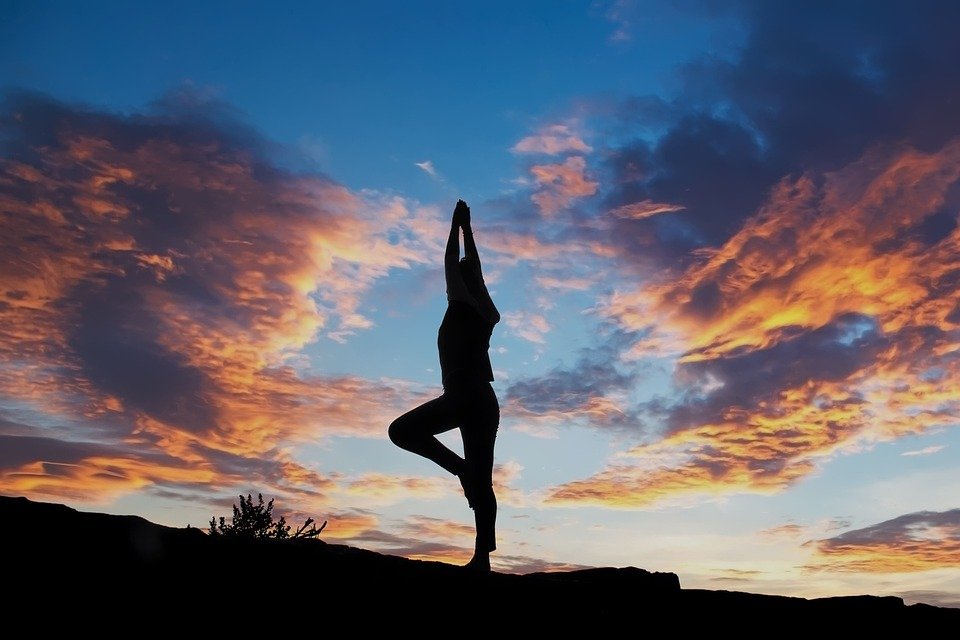In today’s fast-paced world, stress has become a common part of daily life for many people. From work pressures to personal relationships and financial worries, it’s easy to become overwhelmed by the challenges we face on a regular basis. However, there are ways to manage and reduce stress, and practicing yoga is one of the most effective techniques to achieve a state of calm and relaxation.
Yoga is a mind-body practice that combines physical postures, breathing exercises, and meditation to help increase flexibility, reduce stress, and improve overall well-being. By incorporating mindfulness into your yoga practice, you can learn to focus on the present moment and let go of worries and anxiety. Here are some tips to master your mindfulness and use yoga for stress relief:
1. Start with deep breathing: Before beginning your yoga practice, take a few moments to focus on your breath. Deep breathing exercises can help calm the mind and relax the body, preparing you for the physical postures ahead. Inhale deeply through your nose, hold for a few seconds, and exhale slowly through your mouth. Repeat this process several times to center your mind and body.
2. Practice mindfulness in each pose: As you move through your yoga practice, pay attention to the sensations in your body and the thoughts in your mind. Notice any areas of tension or discomfort, and try to release them with each breath. Stay present in each pose, focusing on your alignment and breathing deeply to stay connected to the moment.
3. Use visualization techniques: Visualization is a powerful tool to help reduce stress and anxiety. As you practice yoga, imagine yourself in a peaceful, serene setting, such as a beach or a mountain top. Picture yourself surrounded by calming sights and sounds, and let this visualization guide you through your practice. This can help your mind let go of worries and focus on the present moment.
4. Set intentions for your practice: Before starting your yoga session, set an intention or goal for your practice. This could be to release tension in your body, cultivate a sense of calm, or simply enjoy the movement and breath. By setting a clear intention, you can stay focused and motivated throughout your practice, helping to reduce stress and promote relaxation.
5. End with relaxation and meditation: After completing your yoga practice, take a few minutes to relax in savasana, or corpse pose. Lie on your back with your eyes closed, allowing your body to fully relax and release any remaining tension. Focus on your breath and let go of any thoughts or worries that may arise. This is a valuable time to practice mindfulness and meditation, allowing yourself to fully unwind and recharge.
By incorporating these mindfulness techniques into your yoga practice, you can effectively manage stress and find a sense of calm and balance in your daily life. Remember that yoga is a journey, and it’s important to be patient and compassionate with yourself as you work to master your mindfulness. With dedication and practice, you can harness the power of yoga to reduce stress and improve your overall well-being.

